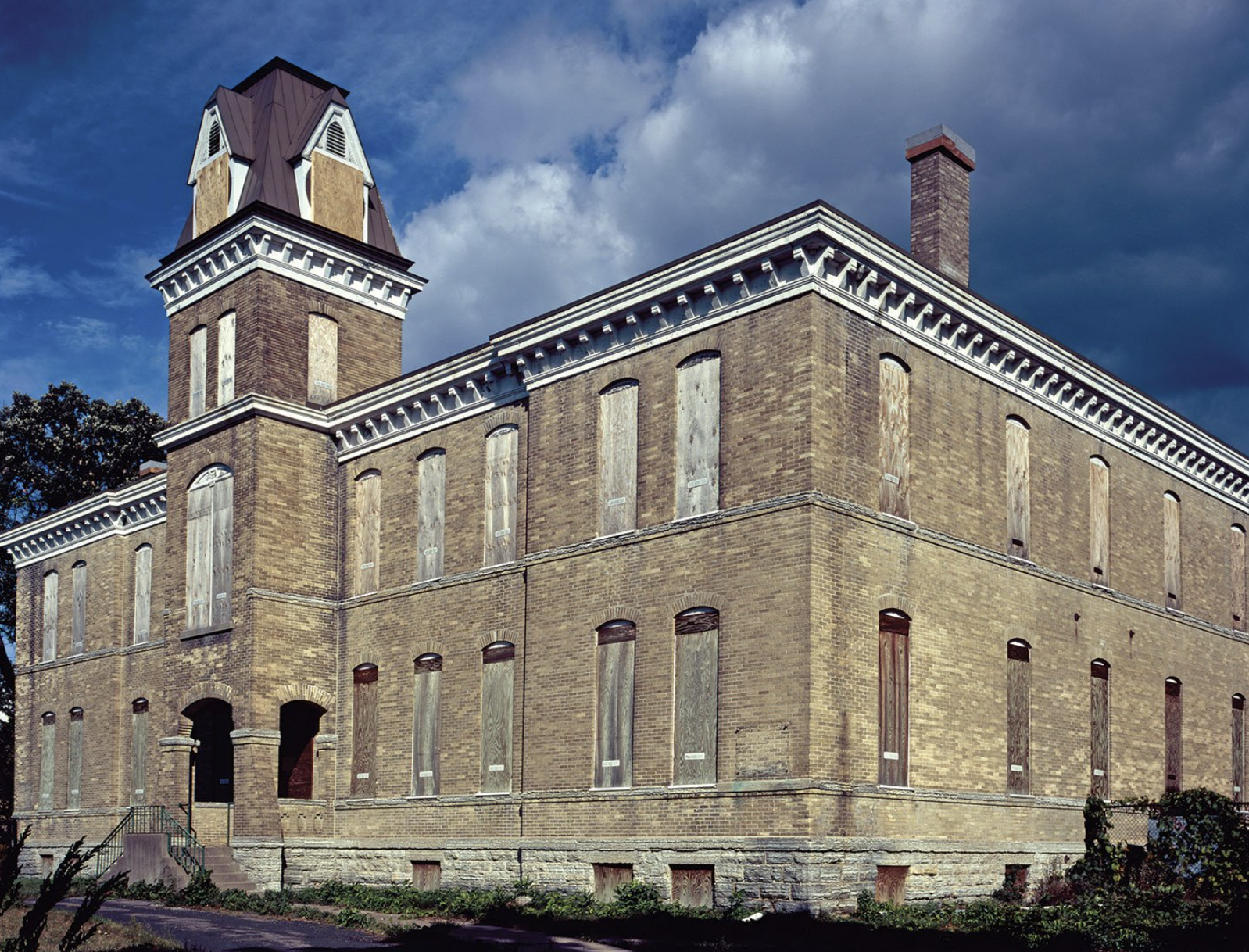After sitting mostly vacant since the last World War, Fort Snelling’s Upper Post campus has been preserved and reimagined—as apartments for veterans, military members, and their families.
The Upper Post’s oldest buildings date to 1879—some 50-odd years after the first historic buildings were built at the lower fort. Over its history, thousands of soldiers have quartered there. And in style, no less, as its polo fields, golf course, and trick pony shows, all of which drew civilian crowds from Minneapolis and St. Paul, earned Fort Snelling a reputation as “the country club of the Army.”
Fort Snelling also served as a “separation point” in 1945 and 1946. There, many soldiers who helped win World War II bade their last farewell to army life. Shortly after, the fort was decommissioned and the Upper Post passed on to the Veterans Administration and later the DNR, only for the buildings to sit largely unused.
As we stroll the grounds, Gustafson recounts memories like he’s flipping over seashells on the beach. There were the rickety steps of the tower, the Army Band barracks, which later housed Japanese American code breakers.The officer’s house—there’s a whole row of them at the Upper Post, running perpendicular to the airport tarmac next door—fitted with an ornate 19th-century staircase.
Then there are the massive barracks themselves. When Gustafson was last here, he photographed the buildings, which had windowpanes that were shattered like jagged teeth. He’d even ventured inside, but barely.
“For a million dollars, I don’t think I would have gone to the lower level,” notes photographer Mark Gustafson.
Fast-forward 18 years and nearly $200 million, and the barracks are being converted into simple, stylish apartments with whitewashed walls and stone countertops.
The revamp was born of a public-private partnership, headed by the Minnesota DNR, the Minnesota Historical Society, Hennepin County, and other entities. Over the years, myriad fates had been proposed for the property—an aviation center, an athletic complex, a charter school—before the group settled on a proposal by real estate developer Dominion.
The $160 million–plus project received significant funding in government bonds and low-income housing tax credits. The apartments, billed as affordable, start at $1,235 a month for a one-bedroom and $1,874 for a four-bedroom. And, of course, there’s that historical continuity—Dominion says it’s working to get military families connected with the apartments.
Gustafson, for his part, never had a personal agenda for the Upper Post’s fate. He simply wanted to save it. After his photos were published on the front page of a 2007 Sunday Life issue of the Pioneer Press, he got a call from a man whose father, Vern, had been stationed at the Upper Post during World War II. The two men met Gustafson and his fellow preservationist Todd Adler there. Vern, age 92, outfitted in sneakers and spectacles, gave them a tour. It was the first time he’d been back since 1942.
“The number of military people that were here from the 1800s up to the present—it’s a huge number,” says Gustafson. “To me, it was just about preserving it for their sake.”
Related Links
If there is a home that you would like more information about, if you are considering selling a property, or if you have questions about the housing market in your neighborhood, please reach out. We’re here to help.

